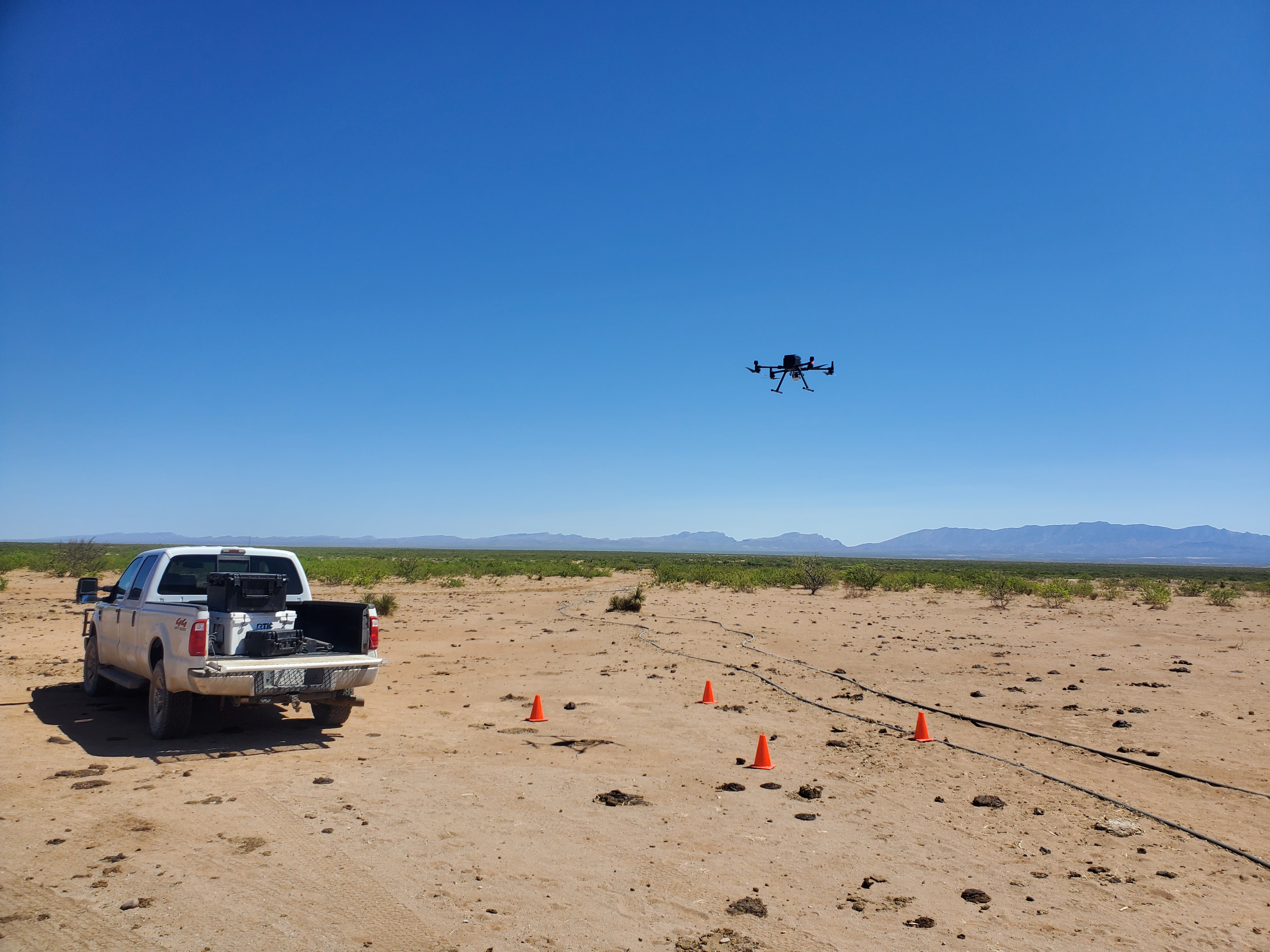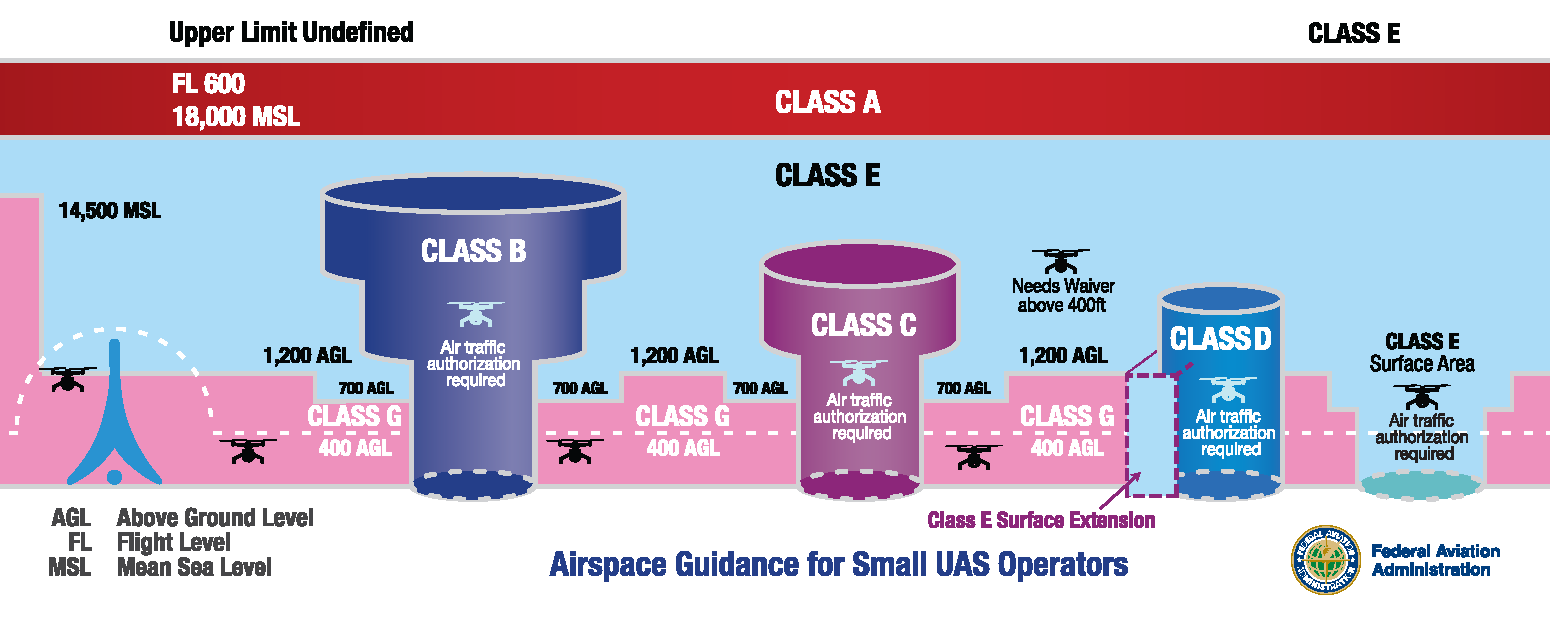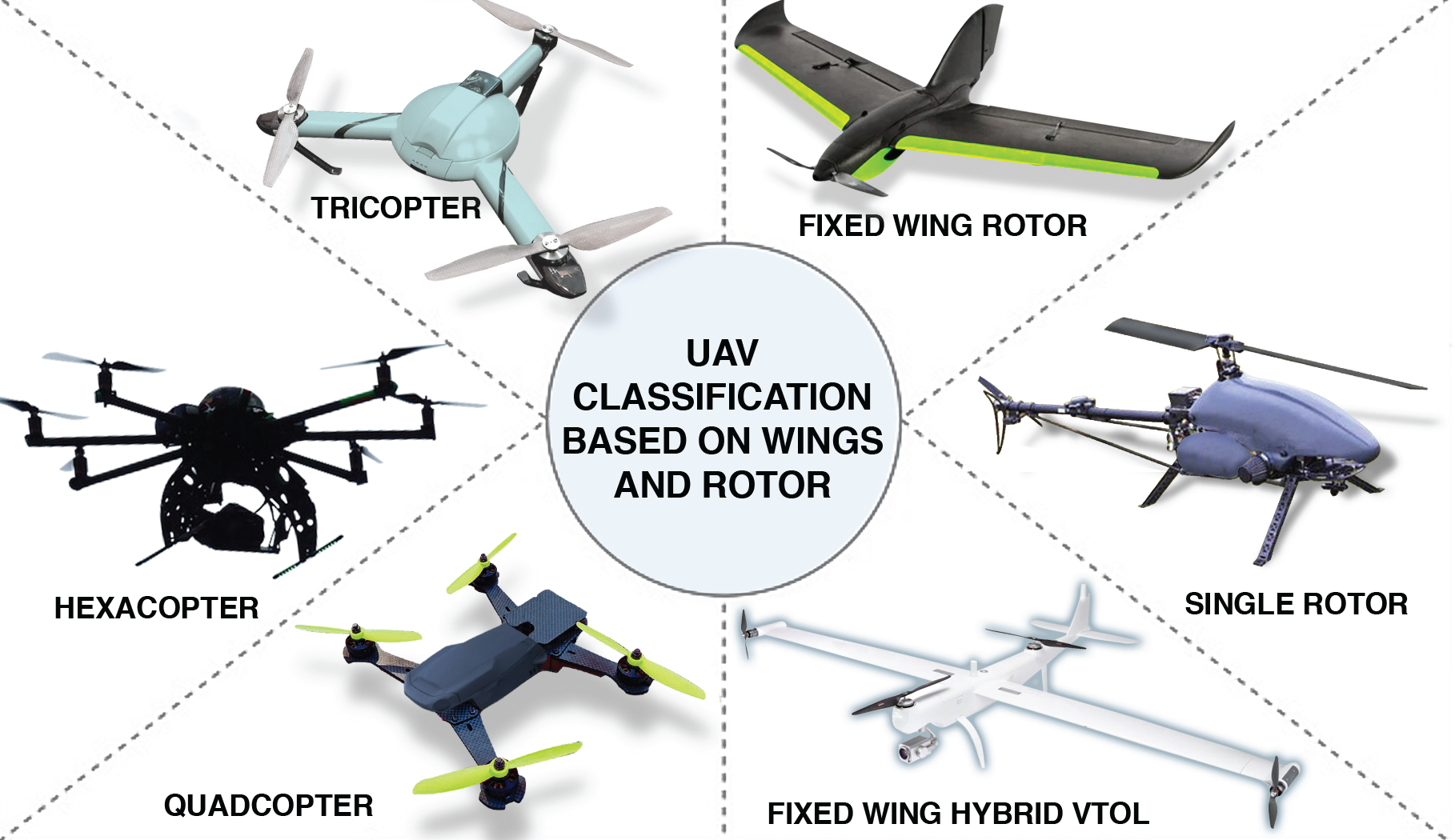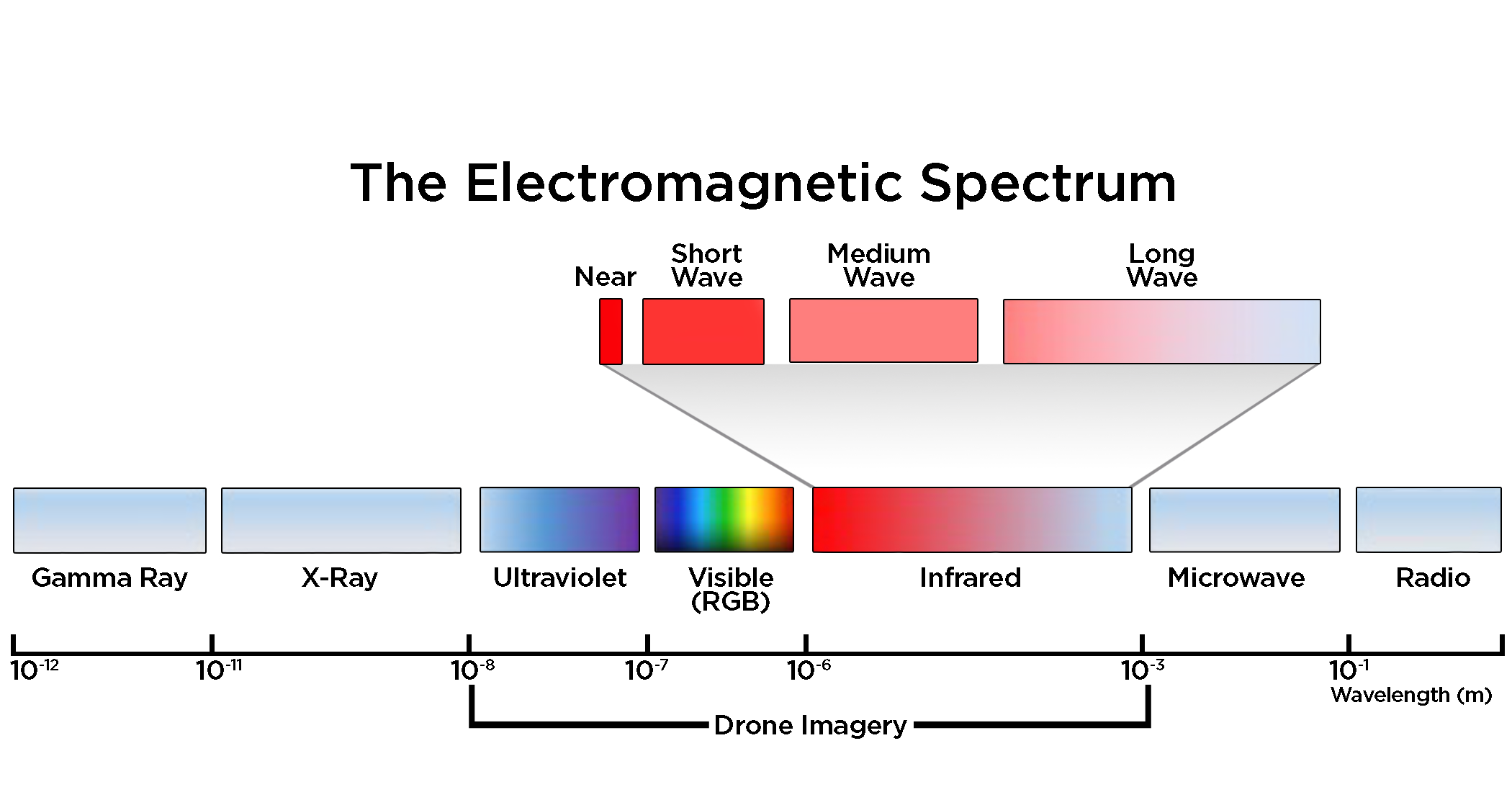Guide B-828
Casey Spackman
College of Agricultural, Consumer and Environmental Sciences, New Mexico State University
Author: Extension Range Specialist, Department of Extension Animal Sciences and Natural Resources. (Print Friendly PDF)

Photo 1. A drone takes off to observe rangeland conditions for a ranch. (Courtesy Casey Spackman.)
INTRODUCTION
Advances in technology have reduced the size, cost, and data processing limitations of unmanned aerial systems (UAS). Unmanned aerial vehicles (UAV), commonly known as drones, have become a popular recreational and professional asset for use on ranches. The most common application of drones on ranches is monitoring land features such as streams, vegetation, and topography, of which a detailed map can then be developed to detect changes over time. Additionally, drones can reduce the time to locate and perform livestock wellness checks, determine water tank levels, or assess wildlife populations.
However, new technologies can be intimidating, and ranchers often need more knowledge of where to start with drone use on the ranch. Ranchers can benefit from understanding some aviation rules and regulations, knowing what technologies are available, and how the gathered information can be processed and used. With drones, ranchers can make more informed land and animal management decisions.
RULES OF FLIGHT
Policies and regulations related to UAS operations are continually being changed and updated. Always check the Federal Aviation Administration (FAA) website, https://www.faa.gov/uas, to stay current with these changes.
There are two distinct categories of rules for operating a drone. One is for recreation or hobbyists, and the second is for commercial purposes. While recreational drone flying is fun and does not require a pilot’s license, it does require taking a recreational UAS Safety Test (TRUST) through the FAA before flying.
Commercial drone flying for profit through work or a business requires a test covering Part 107 of the FAA regulations, followed by an application for a UAS pilot’s license. A commercial license foregoes the need for a TRUST certificate. Still, no matter the flight category, the pilot must carry proof of certification for the flight duration. Since a ranch is considered a business under FAA regulations, a Part 107 UAS license is required.
Some basic rules apply to both types of flight, with more extensive and detailed rules found on the FAA website. Before flying, any drone weighing between 0.55 and 55 pounds must be registered with the FAA. (Anything over 55 pounds must be registered as a traditional aircraft.)
Much like tail numbers on crewed aircraft, the registration number must be clearly displayed and easily read on the outside of the drone. This can be done by writing directly on the drone with a permanent marker, writing on tape and adhering it to the aircraft, or applying stickers. Always check airspace restrictions before a flight via sectional charts and Notice to Airmen (NOTAM) alerts. The FAA has also developed a mobile app for drones called B4UFLY that can assist in knowing where and where not to fly.

Photo 2. Knowing what tasks you might need a drone to do will be important in deciding its purchase. (Courtesy Casey Spackman.)
When flying, the drone must be kept within an unassisted visual line of sight (VLOS). Specifically, binoculars or other vision-enhancing equipment, except for corrective lenses, cannot be used to obtain aircraft location, altitude, behavior, or direction of flight. A visual observer (VO) can assist the pilot with VLOS when first-person viewing goggles are being used, but the pilot must be able to quickly remove the goggles and find the drone at any time. The VO must also be close enough to verbally communicate with the pilot or with assistance of a radio. Three statute miles from the pilot is the maximum allowable distance to fly; however, loss of VLOS will likely occur before the maximum distance is reached. The ceiling or max height that any drone is allowed to fly is 400 feet above the ground (Figure 1). The exception to this rule is structures higher than the ceiling, which the pilot can fly within a 400-foot radius and 400 feet above the tallest point of the structure.

Figure 1. Type, class, and airspace restrictions for UAS operators. (Courtesy FAA.)
Finally, never operate your drone in a manner that may cause risk to property or persons. Be considerate of others in the area. Be aware of structural hazards (e.g., power and telephone guidewires) and potentially undesired drone activity (e.g., private residences or restricted structures). Notifying any business or persons around your planned flight is good practice. Flying near an active emergency or law enforcement activity is prohibited and is punishable by fines, jail time, and revocation of any flight certifications. The use of drugs (prescribed and over the counter) or alcohol before or during flight is strictly prohibited. In general, anything that may impair judgment, memory, alertness, coordination, vision, and decision-making should be avoided. This also includes a lack of sustenance, which may cause drowsiness, low blood sugar, or dehydration.
AIRCRAFT AND PAYLOAD SELECTION
Two types of drone aircraft exist: fixed-wing and rotorcraft (Figure 2). Fixed-wing drones are like conventional airplanes with wings attached to a central body for flight. These aircraft are generally restricted to smooth, long runways but can now have multiple flight options such as vertical, catapult, and hand takeoff or capture. Rotorcraft use rotating propellers, taking vertical flight from small, fixed locations. Helicopters or single-rotor aircraft were once the only available rotorcraft but now range from three to many rotors, with quadcopters being the most abundant and popular. Hybrid versions are also available that incorporate adjustable rotors aboard a fixed-wing aircraft (tilt-rotor drone).

Figure 2. UAV aircraft types. (Courtesy Charles Ruybe.)
Selecting an aircraft depends on the objective of the flight, the time required to cover an area, its battery life, and its price. For instance, vegetation assessments rely on the ability of the aircraft to have a long flight time and cover large distances. Thus, a fixed-wing aircraft may be a better selection. In contrast, spot inspections and hovering (i.e., livestock wellness checks or wildlife counts) require shorter distances and ‘out and back’ flights. A rotorcraft may be the better option for this scenario. Battery life also
limits the flight time and should be a consideration for aircraft selection. Introductory drones start at around 200 dollars, with more technologically advanced drones costing over 10,000.
Considering the payload for your drone is also important. A payload is any camera, sensor, or equipment that will be attached to the aircraft for flight, and much like selecting an aircraft requires the consideration of objective, area or resolution, and price. Most drones today come pre-equipped with a designated payload that cannot be switched. More advanced drones can attach a payload depending on the flight objective. However, the size and weight of the exchangeable payload will greatly reduce the performance capability of the aircraft (i.e., flight time, maneuverability). If a heavy payload is selected, a larger, more robust drone may be required, which substantially increases the drone’s cost. A vibration dampener or gimbal is required for most payloads to help reduce image blurring or data inconsistencies from the drone’s operation.
The most common payload is an RGB camera, in which RGB stands for the red, green, and blue colors used to represent all colors digitally. These take photos and videos of the visible light spectrum or what the human eye observes. Much like any other camera today, the higher the resolution and quality, the more expensive the camera. Some cameras capture additional wavelengths of light not visible to the human eye.
A multi- or hyper-spectral camera has multiple cameras within a single payload, each designated to capture specific wavelengths of light: ultraviolet, 200-400 nanometers; RGB, 400-800 nanometers; and infrared (near, short, medium, and long wave; 800-12000 nanometers respectively) spectrums (Figure 3).

Figure 3. Electromagnetic spectrum with associated names and wavelengths. (Courtesy of Casey Spackman.)
An example of the camera’s use is assessing plant presence or condition. When a plant is green and growing, a large amount of solar or visible light (RGB) is absorbed while infrared light is reflected. The opposite occurs when plants are dead or lack greenness, giving each plant a unique color signature depending on season, amount of precipitation, and nutrient availability. A spectral camera captures the different light reflectances and, depending on their intensity can give an idea of what state the plant is in. A basic stand-alone multispectral camera will cost approximately 6,000 dollars if not built into the drone. Thermal (longwave infrared) cameras detect the specific heat signatures of objects. They can assess the temperatures of soils, plants, animals, and structures. An introductory price for thermal cameras is approximately 2,000 dollars. When added to spectral cameras, thermal cameras provide additional information, furthering inferences that can be made.
More complex payloads can be installed for geographic mapping and particle detection. Lidar, which stands for light detection and ranging, is a pulse laser light system that measures the distance between the drone and the ground. Lidar can create precise 3-dimensional topographical and structural maps for volume estimates or engineering purposes. Depending on the laser type , vegetation canopies or water bodies can be penetrated to determine what is underneath. Further, specific types of lidar can be used to detect gas particle clusters commonly found in methane emission hotspots and industrial gas leaks. However, this is the heaviest payload and will cost approximately 15,000 dollars.
Data Processing
The biggest limitation to obtaining usable information from drones is data processing. The information needs to be translated into an easily viewed and interpreted format. Many computer programs can provide this service, but each has been developed for a specific task or objective. Considering three things will help in selecting a software program:
- Will the program accomplish what I am trying to do?
- Is the program easily operated, or will I need extensive training to use it?
- Is the cost worth the amount of training and/or quality of the product produced?
A repeatable flight path is highly recommended to assist in ease of data processing and comparisons. Advanced drones come pre-equipped with a precise geolocation or global positioning system (GPS) that ensures the same flight path is taken each time. Additionally, these systems allow for autonomous flights when pre-programmed, simplifying data collection and processing.
Ground control points also help when mapping. These points are easily identifiable objects, seen from above, of known dimensions. They allow the computer software to accurately match images when combining (mosaic stitching) or comparing images over time (a stack). A note of caution: nearly all collected information needs to be verified or ground truthed for accuracy. This may be as easy as obtaining the geolocation of objects (e.g., buildings, rocks, roads) or more complex aspects such as providing specific measurements (e.g., canopy cover, species identification).
Implications
Overall, getting started using a drone on the ranch may seem intimidating. However, knowing the rules and regulations of flight, what aircraft and payload are needed, and the proper computer software for data processing will help reduce drone use uncertainty and inform decisions. Drones are not meant to replace current ranch practices but rather supplement them. They are an assistant technology that, when careful consideration of these basic topics is used, drones can reduce ranching time and labor requirements, increase management efficiency, and become an enjoyable recreational opportunity.
For Further Reading
B-816: Managing Rangelands and Cattle in Drought-prone Areas of the Southwest
https://pubs.nmsu.edu/_b/B816/index.html
B-827: Carbon Sequestration on Rangelands: A Primer
https://pubs.nmsu.edu/_b/B827/index.html
 Casey Spackman is an Assistant Professor and Extension Range Management Specialist at New Mexico State University. He earned his Ph.D. at Utah State University. His Extension efforts aim to assist producers, land managers, and agency personnel in monitoring and developing management objectives that maintain or improve natural resource health and sustainability.
Casey Spackman is an Assistant Professor and Extension Range Management Specialist at New Mexico State University. He earned his Ph.D. at Utah State University. His Extension efforts aim to assist producers, land managers, and agency personnel in monitoring and developing management objectives that maintain or improve natural resource health and sustainability.
To find more resources for your business, home, or family, visit the College of Agricultural, Consumer and Environmental Sciences on the World Wide Web at pubs.nmsu.edu
Contents of publications may be freely reproduced for educational purposes. All other rights reserved. For permission to use publications for other purposes, contact pubs@nmsu.edu.
New Mexico State University is an equal opportunity/affirmative action employer and educator. NMSU and the U.S. Department of Agriculture cooperating.
November 2023 Las Cruces, NM


